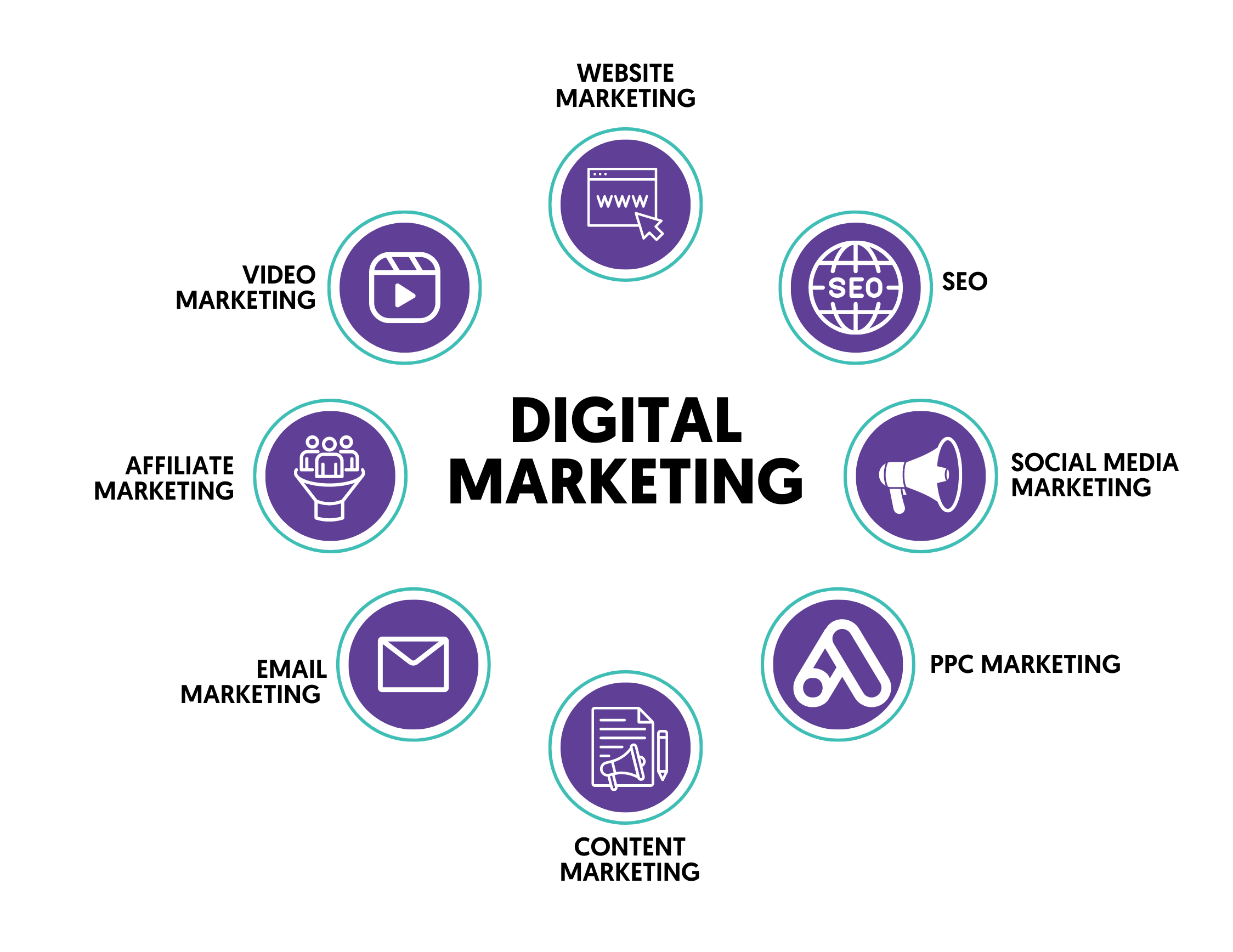Enhance Customer Experience and Drive Traffic With Receptive Internet Layout
In today's digital landscape, where individuals are accessing web sites from a plethora of devices, responsive internet style has actually come to be more vital than ever. With its capability to adjust and effortlessly adapt to different display sizes, receptive layout not only boosts user experience however also drives website traffic to your internet site. Yet why is this layout technique so essential? Exactly how does it increase individual interaction and increase internet site web traffic? In this discussion, we will certainly explore the crucial components of effective receptive design, explore the very best methods for its application, and uncover the secrets to enhancing customer experience while driving even more web traffic to your website.
Why Receptive Website Design Matters
Receptive web design is a vital facet of modern web advancement as a result of its ability to guarantee optimal user experience throughout various gadgets and screen dimensions. With the spreading of mobile phones, tablets, and other mobile devices, it has become vital for web sites to adjust and offer smooth performance despite the tool being used.
The primary reason receptive internet layout issues is that it allows users to have a pleasurable and consistent surfing experience, regardless of the gadget they are using. A responsive site instantly readjusts its content, layout, and design elements to fit the display dimension and resolution of the device, making sure that users can conveniently navigate and communicate with the site with no inconvenience or aggravation.
In addition, responsive website design additionally plays a significant duty in seo (SEO) Internet search engine, such as Google, focus on web sites that are receptive and mobile-friendly in their search engine result. By integrating receptive design concepts, internet sites can enhance their exposure and ranking, bring about increased natural traffic and potential consumers.

Boosting User Involvement With Responsive Design
Optimizing user engagement is an essential objective of receptive style, as it ensures that customers can conveniently accessibility and connect with site web content on any tool. With the enhancing use mobile phones and tablet computers, it is vital for internet sites to adapt to various display sizes and resolutions. Receptive layout enables sites to instantly readjust their format and web content to offer a smooth individual experience across gadgets.
One of the main ways responsive design enhances customer interaction is by lowering lots times. With a responsive website, individuals don't need to await separate mobile versions to tons, resulting in quicker access to material. This better rate leads to greater user complete satisfaction and encourages them to spend more time on the website.
Furthermore, responsive style boosts user engagement by boosting navigating and user interface (The Ad Firm digital marketing). When a web site is developed responsively, menus and buttons are enhanced for touch communications, making it less complicated for individuals to browse and connect with the site on their mobile phones. This user-friendly and user-friendly experience keeps individuals engaged and encourages them to discover more of the site
In addition, receptive layout allows for much better material visibility and readability. By adjusting the format and font style dimensions to different tools, responsive internet sites guarantee that users can conveniently recognize the web content and check out. This enhances user interaction by reducing the requirement for scrolling or zooming to read the text.
Boosting Internet Site Website Traffic With Responsive Website Design
With the expanding appeal of mobile tools, having a web site that is responsive to different display dimensions and resolutions is crucial for driving raised web traffic. In today's electronic landscape, customers are accessing sites from a selection of devices such as smartphones, tablet computers, and desktop. Each of these tools has various display dimensions and resolutions, and if your website is not designed to adapt to these variations, it can result in a poor individual experience and a loss of potential web traffic.
Responsive website design makes certain that your internet site looks and operates optimally across all devices. By utilizing versatile grids, fluid pictures, and media queries, responsive layout enables your web site to immediately change its layout, web content, and navigation to fit any kind of screen size. This means that users will certainly have a smooth surfing experience no matter whether they are using a tiny mobile phone or a huge desktop computer computer.
Crucial Element of Efficient Responsive Design
Reliable receptive layout integrates a number of crucial aspects that make certain a seamless customer experience across various gadgets. One of these aspects is adaptable grids and formats. By utilizing relative devices like percentages rather than fixed devices like pixels, designers can produce formats that scale and adjust to fit different screen sizes. This enables web content to be displayed in a aesthetically appealing and readable manner on any device.
Another vital component is media questions. These enable developers to use different styles and designs based on the features of the individual's gadget, such as display size and orientation. By using media questions, designers can optimize the presentation of material for each and every device, guaranteeing that it is easily obtainable and readable.
Receptive images are additionally important in efficient responsive style. Pictures that are too huge can reduce web page lots times on smart phones, while images that are also little may appear pixelated on larger screens. By using methods such as receptive image resizing and lazy loading, designers can ensure that images are appropriately sized and optimized for each device.
Last but not least, reliable responsive layout includes a mobile-first approach. This means focusing on and creating material for mobile phones first, and afterwards enhancing the layout click site and broadening for bigger displays. This approach makes sure that one of the most vital material is conveniently obtainable on smaller sized displays, while still supplying an abundant experience on larger tools.
Finest Practices for Implementing Receptive Internet Design
Carrying out responsive internet design calls for mindful consideration of various ideal techniques to ensure an ideal customer experience across different devices. When carrying out responsive internet layout., right here are some vital finest methods to comply with.
To start with, it is crucial to prioritize mobile individuals. With the boosting dominance of mobile tools, developing for mobile-first has become necessary. Beginning by designing for smaller displays and afterwards considerably enhance the layout for bigger displays.

An additional essential best technique is to enhance images for different display resolutions. Big photos can decrease the packing time of your internet site, particularly on mobile devices with slower links. Usage receptive images that can be resized based on the gadget's display resolution to improve performance.
Furthermore, test your website on various devices and screen sizes to guarantee a consistent and seamless experience. There are various testing devices available that can help you recognize any kind of concerns and make necessary adjustments.
Last but not least, focus on functionality and availability. Make certain that your web site is simple to browse, with concise and clear content. See to it that your internet site comes to individuals with impairments and follows accessibility guidelines.
Final Thought
To conclude, receptive internet design plays a crucial role in boosting customer experience and driving web traffic to websites. By embracing responsive style concepts, internet sites can ensure ideal viewing experiences across various gadgets, leading to boosted customer engagement (Web Design Carlsbad). Additionally, responsive style can likewise add to greater site traffic as it improves internet search engine positions and helps with easy sharing of material. Organizations need to focus on applying the key components and ideal practices of responsive layout to successfully meet the demands of modern-day users.
Maximizing user interaction is a vital goal of responsive style, as why not try this out it guarantees that users can conveniently gain access to and communicate with website material on any tool. Responsive layout enables internet sites to immediately readjust their design and material to give a seamless customer experience across gadgets.
Furthermore, receptive layout boosts user interaction by improving navigating and customer interface.Receptive photos are likewise critical in reliable receptive layout. By taking on responsive design concepts, websites can ensure optimum viewing experiences throughout different devices, leading to boosted user engagement.